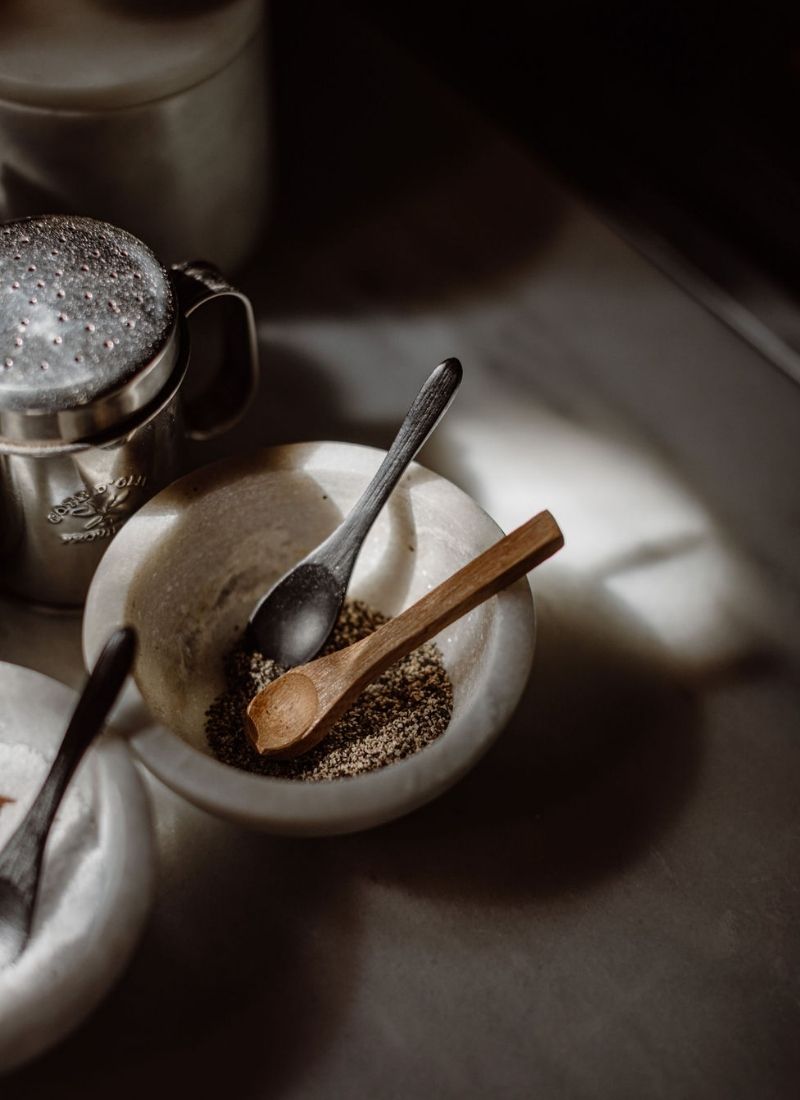A journal of wild coastlines, myth-blue water, and the kind of beauty that asks nothing of you but presence.
By the time the plane dips over the Ionian Sea, the light has softened into gold. From above, Kefalonia looks like a secret: cliffs draped in pine, winding roads curling toward sleepy villages, the sea flickering like mercury.
There’s a stillness here that greets you before anyone else does. I rent a small Toyota at the airport. The kind of car that hums quietly and doesn’t protest when you get lost, which I do, rather quickly. The navigation blinks, confused by mountain bends and missing signage. Somewhere between olive groves and sunburnt earth, I stop. A modest butcher shop stands alone on the roadside, its door wide open to the heat.
Inside, a man is elbow-deep in work, hands gliding through a rhythm of meat, bone, salt. I explain I can’t find my stay. He wipes his hands on his apron, nods once, and gestures toward his car. “I’ll take you,” he says.
No drama. No delay. Just a stranger guiding another stranger across the hills of Kefalonia, as casually as if he were handing over directions to the post office.
We drive in silence. The sea appears again to our left, shimmering beyond olive trees, a promise of how gentle this place can be.
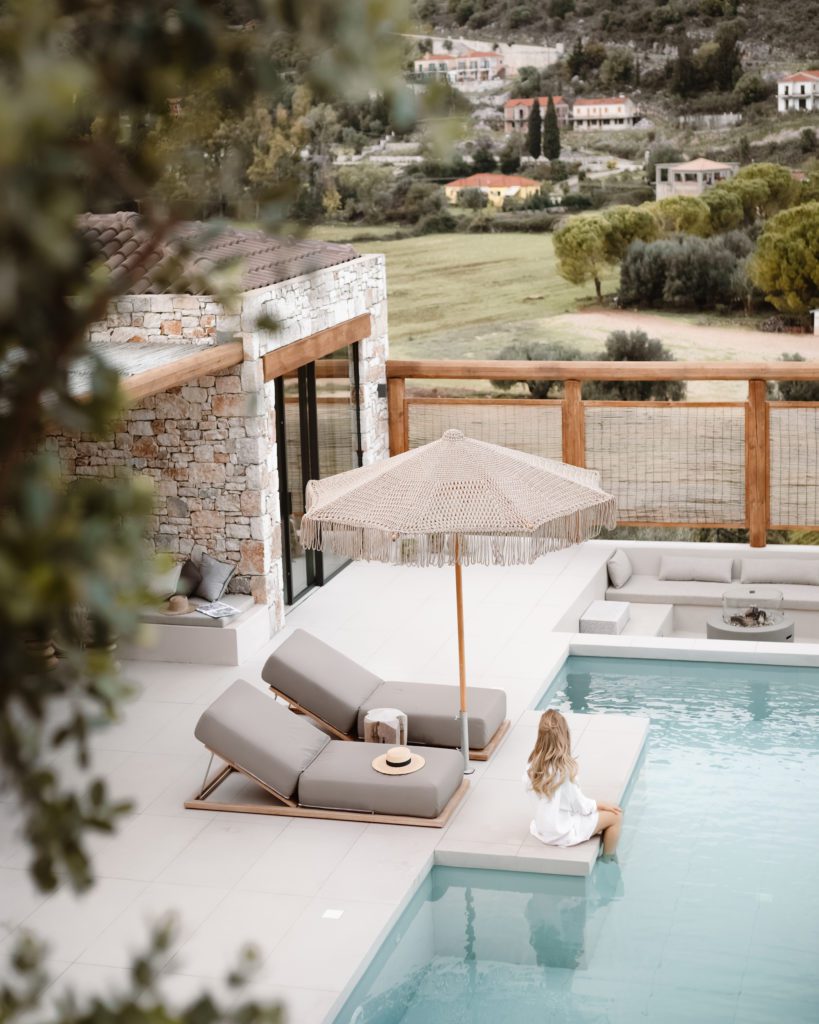
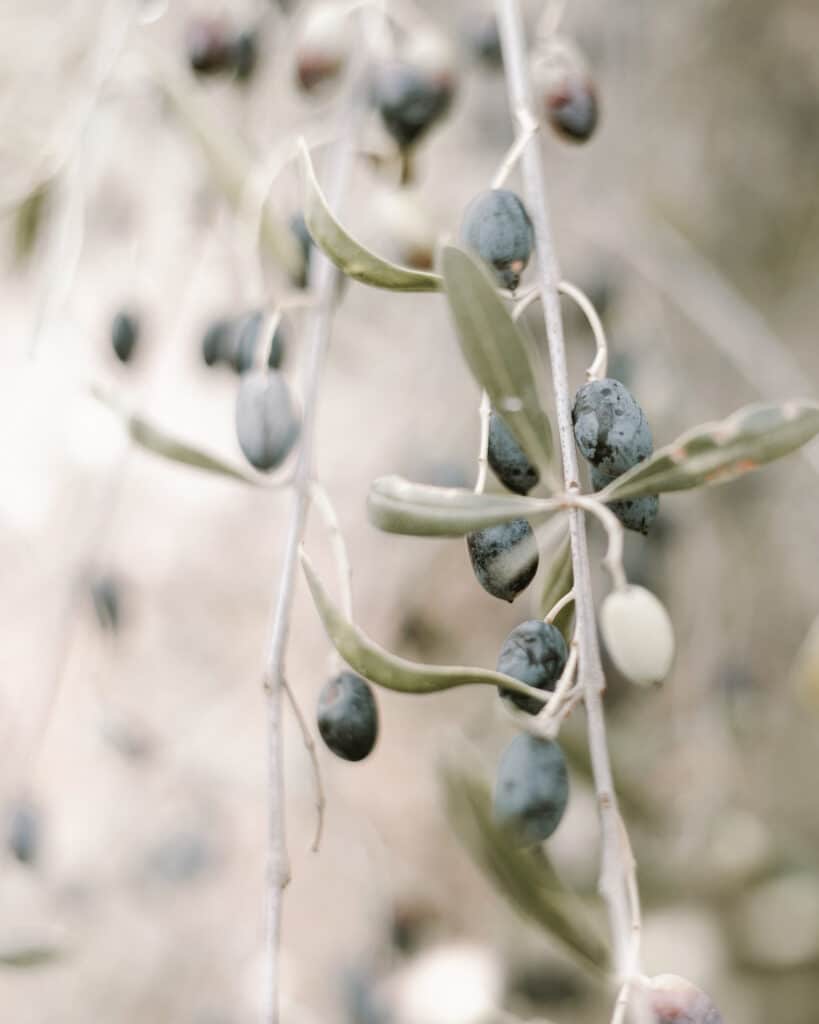
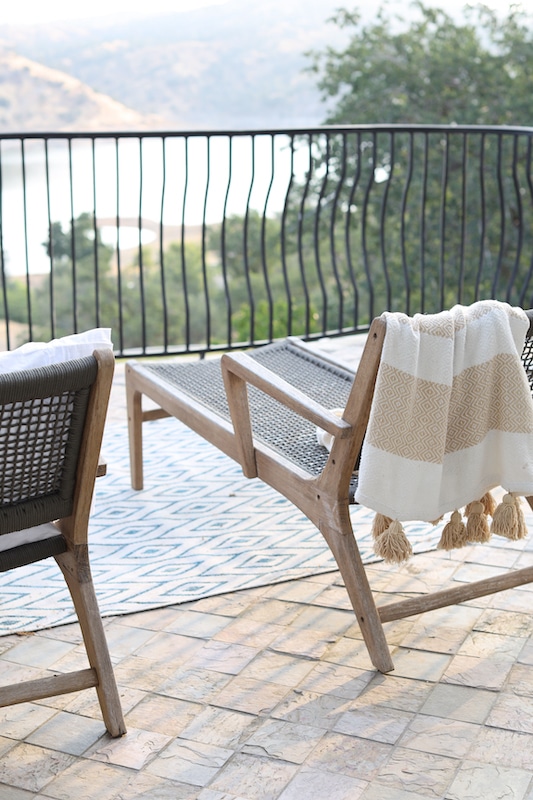
The Beaches: Where Silence Meets the Sea
Some places call to you gently. Not with noise or novelty, but with light. Kefalonia’s beaches aren’t just beautiful — they breathe. Each one with a different rhythm, a different palette. The kind of places where the world feels far away, and your thoughts grow quieter.
Myrtos was my first.
It’s the kind of view that makes you stop mid-breath. The water — an impossible turquoise — crashes against white pebbles in a slow, deliberate rhythm. Sunlight slides down the limestone cliffs like liquid gold. There’s no shade, no softness, but it doesn’t matter. This beach wasn’t made for comfort. It was made to remind you how small you are in the face of something eternal.
Petani came next, later in the day.
The light was gentler by then, dipping low over the western edge of the island. Petani is quieter than Myrtos, but just as wild in spirit. The curve of the bay holds you in, as if the sea has cupped its hands around you. I sat on smooth stones, watching the sun melt into the horizon, barefoot and unhurried.
Antisamos surprised me.
Lush green hills tumble into glass-clear water, as if the landscape couldn’t decide between forest and ocean. I arrived early, when the air was still cool and the beach was empty, save for a few early swimmers and the sharp buzz of cicadas. The water here is gentle, almost sacred in its stillness.
And then there are the smaller coves.
Unmarked, unbothered. The kind you stumble upon when you take the long way home. Where fig trees lean into the path and goats cross without explanation. I swam alone in one of them — no name, no people, just the salty hush of the sea and the flutter of distant wings.
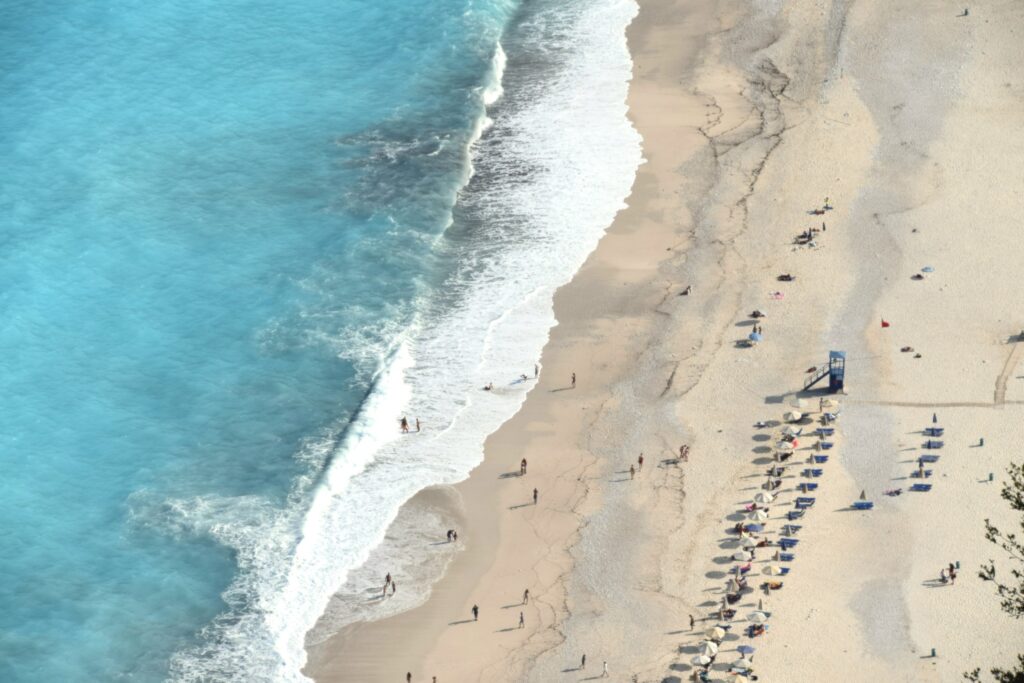
Where I Stayed: A Quiet Balcony Above the Sea
It wasn’t the most luxurious place on the island. It was better.
Péra Perou Villas sits just above Agia Efimia — not quite hidden, but never calling attention to itself. The kind of place that feels like it’s always been there, waiting patiently for you to arrive.
My room opened to the sea. Mornings were made of birdsong, the soft clang of goat bells, and golden light sliding across cool tiles. There was a terrace, shaded by a vine, where I took my coffee slowly, watching the fishing boats rock gently below like children cradled in a lullaby.
Everything here was simple — whitewashed walls, wooden shutters, linen that still smelled faintly of the sun. But nothing was missing. That’s the thing about this island: it doesn’t try to impress you. It just is. Honest. Soft around the edges. Unrushed.
Péra Perou felt like staying in someone’s memory.
One you didn’t know you had — until it welcomed you back.
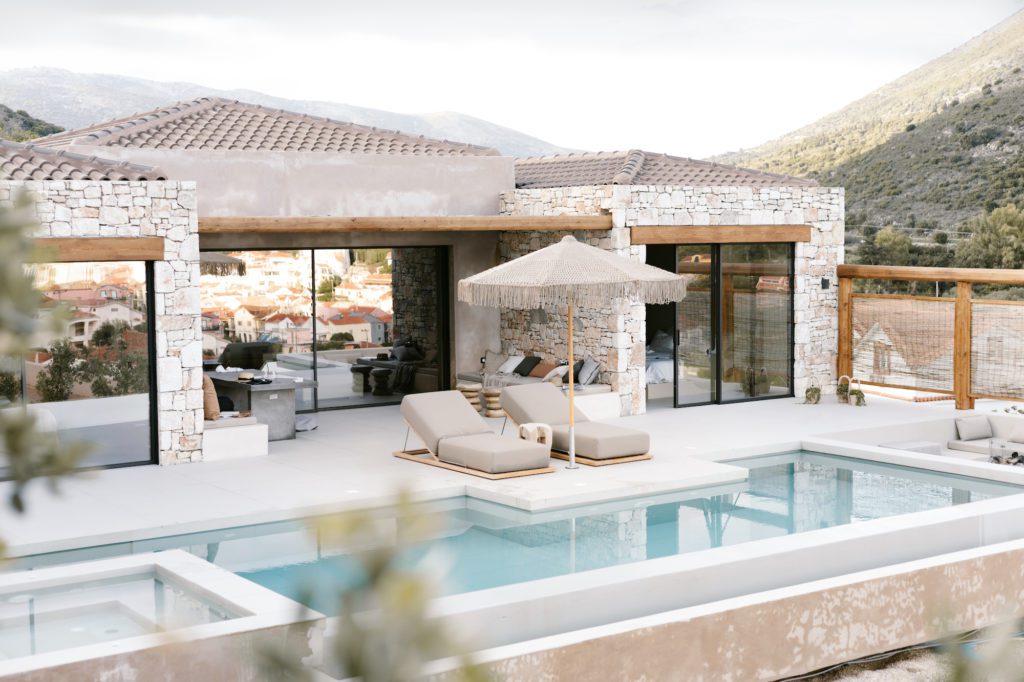
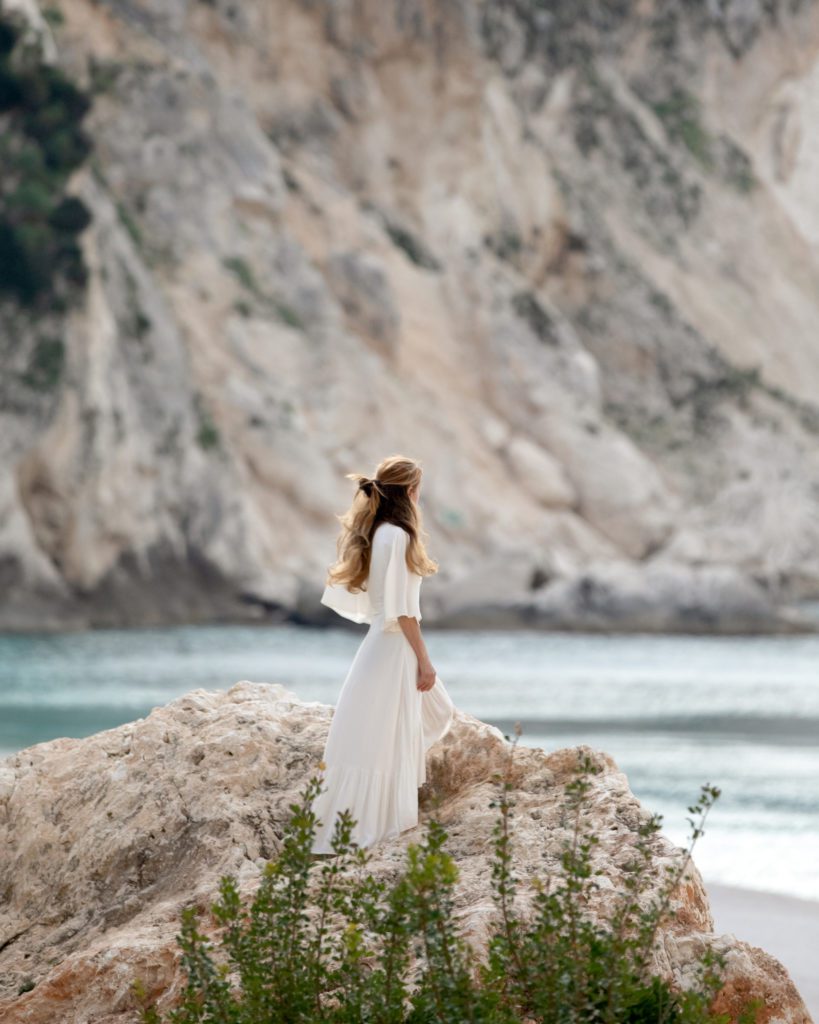
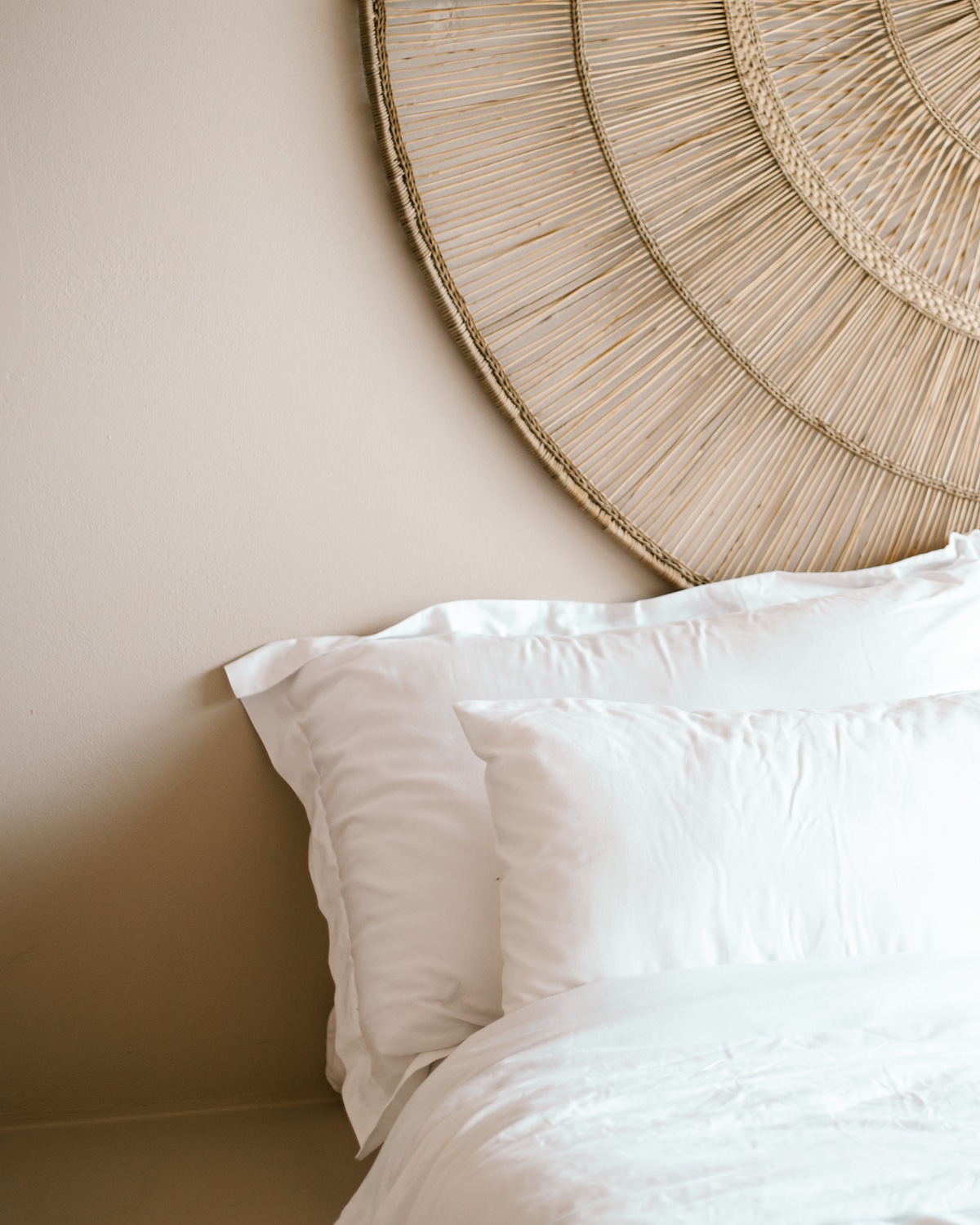
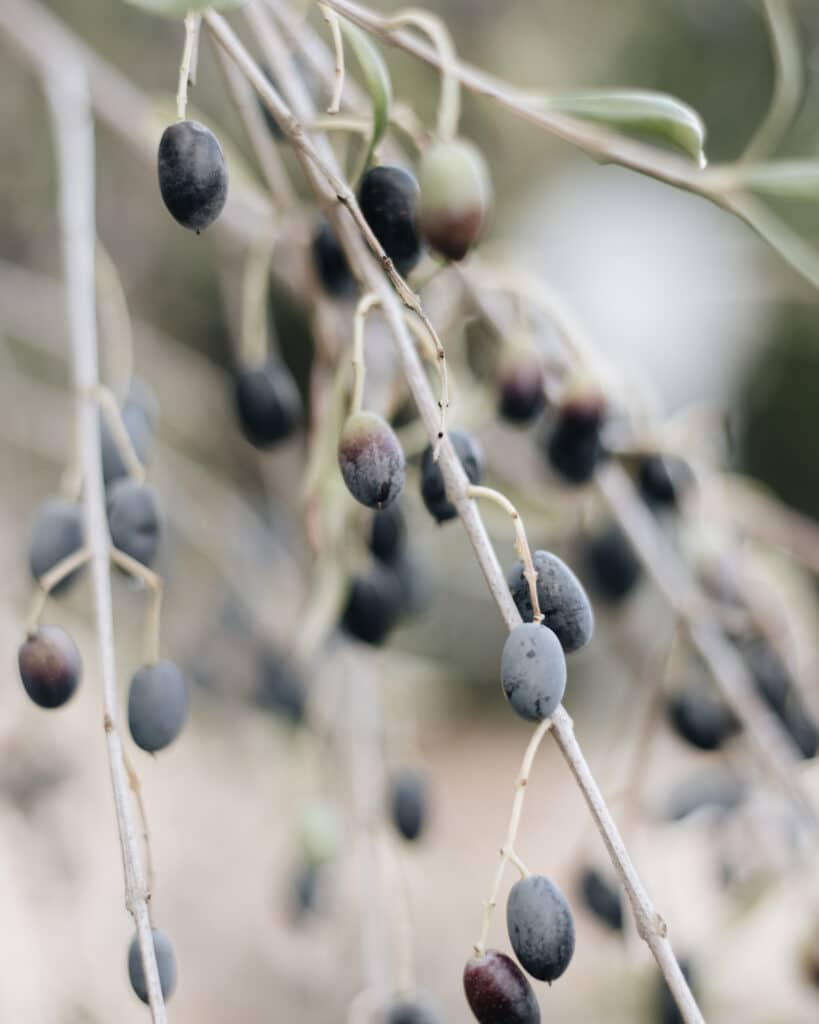
What to Taste: Kefalonia, Served Slow
The food here doesn’t try too hard.
It doesn’t have to.
There’s olive oil that tastes like sunlight. Tomatoes warm from the vine. Lemons so fragrant they seem perfumed by the wind.
At Paralos, tucked into the folds of Lassi, dinner felt like being let in on a secret. The kind of taverna where the menu lives in someone’s head and the bread arrives before you ask — still warm, edges crisp, the center soft and open like a good story.
I tried kreatopita, the island’s famous meat pie. Rustic, flaky, unapologetically rich — the sort of dish that tastes like it came from someone’s grandmother’s hands.
Every forkful felt earned. Like it belonged to a slower kind of life.
In Fiskardo, I sat by the water with grilled octopus and a carafe of local wine. The sun fell in quiet strips over the harbor as I watched the servers speak softly with regulars. There’s a kind of tenderness in places like this — where the food isn’t a performance but a homecoming.
And then there’s Robola, Kefalonia’s crisp, mineral-laced white wine. I tasted it at a hilltop winery near the village of Valsamata. A private tour. Five wines. One soft breeze. The kind of pairing that leaves you remembering the air as much as the flavor.
The truth?
Everything tastes better when you’re not in a hurry.
What to Do: A Few Beautiful Things
I didn’t come to Kefalonia with a list.
But somehow, the island gave me one anyway — not of things to tick off, but of moments that asked to be lived slowly.
I hiked Mount Ainos on a day that began cool and cloudy. The path winds through pine-scented forest, wild and green and kind. Up there, in the company of ancient firs, you can hear the island breathe. From the summit, the view stretches to Ithaca, and maybe beyond, if you believe in that sort of thing.
Other days were quieter: An hour spent watching fishermen mend their nets in the harbor. A visit to the Folklore Museum in Argostoli, where old textiles hang like stories waiting to be retold.
And some days, I did nothing.
I sat. I read. I wandered side streets.
And it was enough.
A Final Note
Kefalonia never tried to dazzle me. It just unfolded slowly, like linen in warm wind. This island isn’t curated. It doesn’t beg to be photographed or performed. It’s raw in parts, refined in others. Gentle, then wild. It lets you swim in silence, eat with your hands, and feel something settle in your chest that you didn’t know was missing.
It reminded me that beauty doesn’t always have to shout. That stillness is a kind of richness.
That presence, real, breath-deep presence, is the most luxurious thing we can give ourselves when we travel.
So no, I didn’t do it all. I didn’t see every beach, every monastery, every hilltop ruin. But maybe that’s the point.
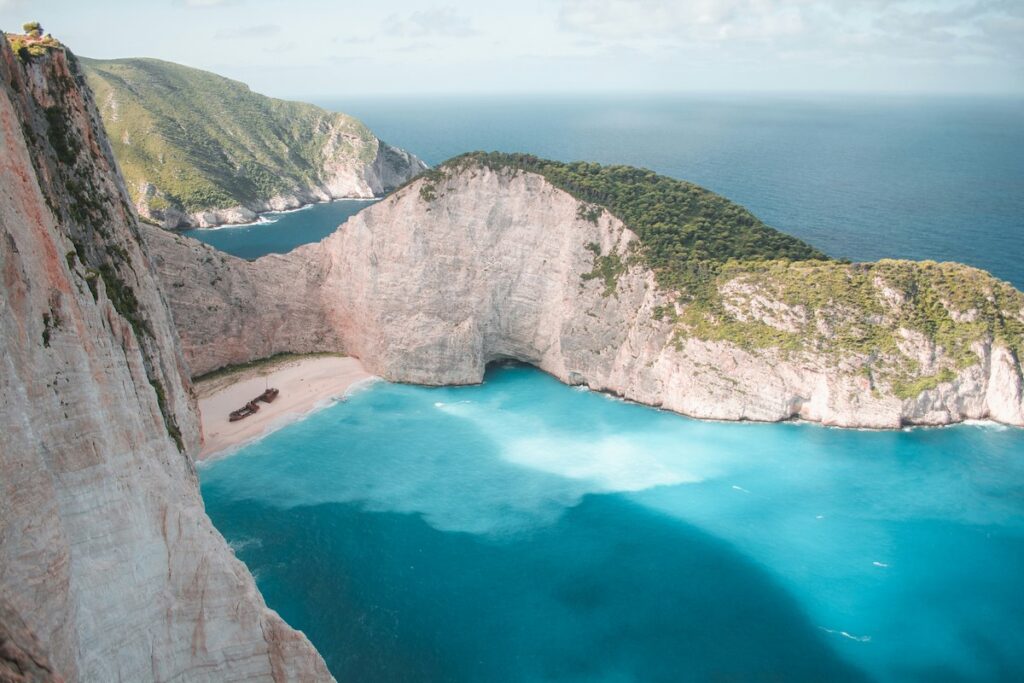
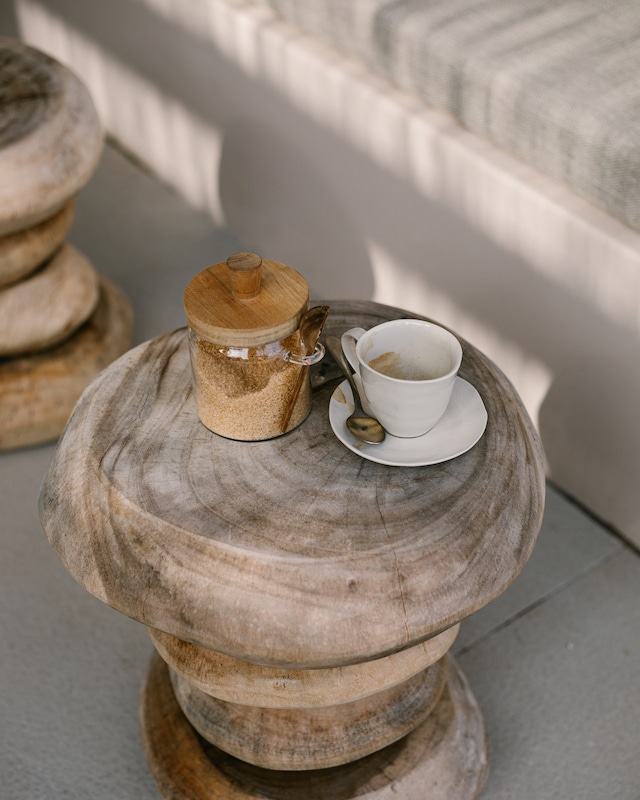
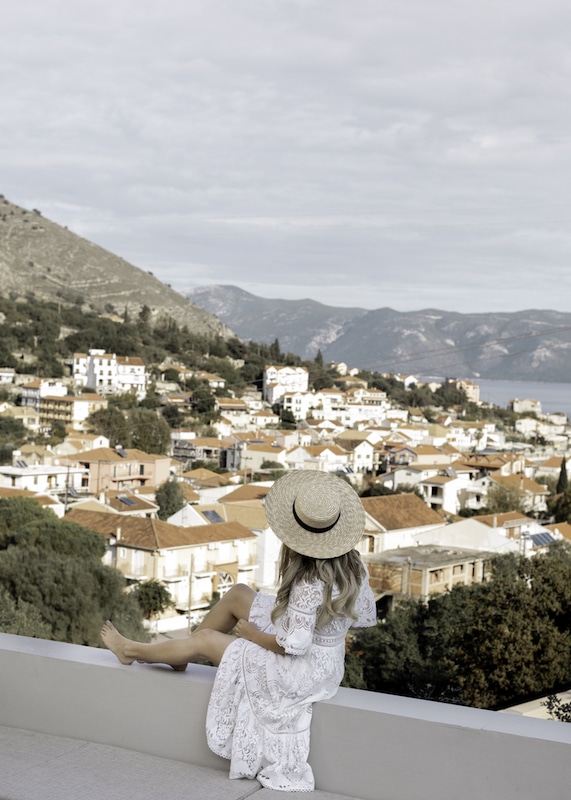
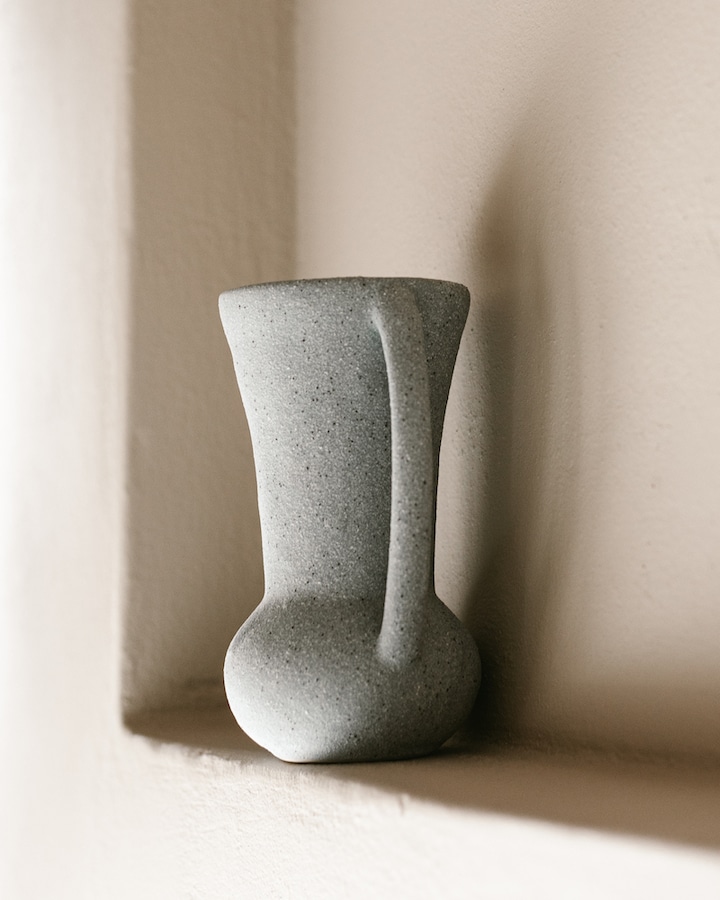
Related Reads:
My 5-Day Guide to Ticino, Switzerland using the Swiss Travel Pass
